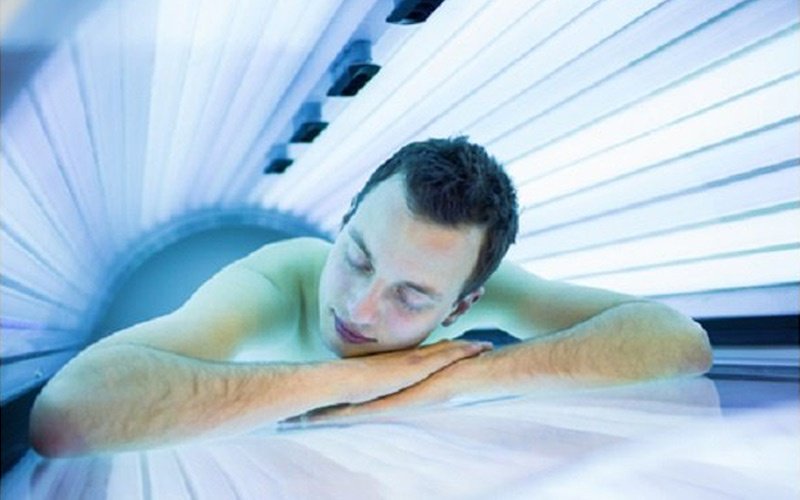Like so many popular trends that took root in the 60s, tanning was one of them. Thanks to celebrities touting the freedom of a tanned, sleek body and the fad of flouting tradition, the tanned look came to signify affluent living and good health.
By the mid 20th century, the media and entertainment industries had propagated the business of tanning into a widely acceptable lifestyle choice.
The first tanning beds made their appearance in the United States in 1979 by inventor Friedrich Wolff. Bolstered by the rise of technology, on-demand tanning made its way into mainstream society. The marketing of ultraviolet (UV) tanning lamps, beds, booths, and facilities were even glamorized by the name “salons.”
Quick to follow were artificial tanning agents or self-tanners that could simulate the tanned look for people who were unable to tan or who preferred to tan without exposure to UVR.
The so-called healthy glow achieved by UV exposure, spray-on tanning or cosmetics grew into a colossal business, which still exists today, though it’s waning to some extent. The tanning industry promotes the “benefits” of tanning with the message that a tan offers protection against sunburn, saying that a baseline tan protects from sunburn.
This gives people a false sense of security. They think they do not need sunscreen if they have a baseline tan, and they go outside unprotected from UV exposure. A tan generated by ultraviolet (UV) exposure (to create a so-called baseline tan) offers, at best, a very low level of protection against sunburn—not nearly enough to make a difference.
Research found that tanned skin offered sun protection factors (SPF) of just 2.4, 2.5 and 2.1 for individuals with skin types II, III, and IV, respectively. Later studies reported that a tan offered an SPF of only between 2 and 3. It’s clear that a tan induced by UV exposure plays a minimal role in protection against sunburn. Today, an SPF of 30 or higher is recommended by doctors and dermatologists for proper protection.
Every year, nearly 2.3 million American teenagers visit tanning salons. The dangerous consequence is a significantly increased risk of melanoma, the deadliest form of skin cancer. The International Agency for Research on Cancer (IARC) has classified tanning beds as carcinogenic.
People who first use a tanning bed before age 35 increase their risk of melanoma by 75%. People who use tanning beds are 2.5 times more likely to develop squamous cell carcinoma (SCC) and 1.5 times more likely to develop basal cell carcinoma (BCC).
The best course of action is to avoid tanning beds/booths altogether.
Tanning beds have become such a pervasive public issue in the last few years because of the proven ill effects they cause related to the increase of melanoma cases. Because sun (and UV) exposure in childhood and the teenage years can be so damaging, policymakers in 10 states currently ban the use of tanning beds by anyone under the age of 18, and 42 other states have implemented regulatory action.
Effective December 14, 2014, the Texas Department of State Health Services enacted legislation prohibiting a tanning facility from allowing a person younger than 18 years of age to use a tanning device.
Looking to Visit a Dermatologist?
We have multiple locations throughout the country, so fill out our simple online form to get in touch with us. One of our local team members will reach out to you shortly to answer your questions or schedule an appointment for you to visit us soon.
Find a location near me
or

